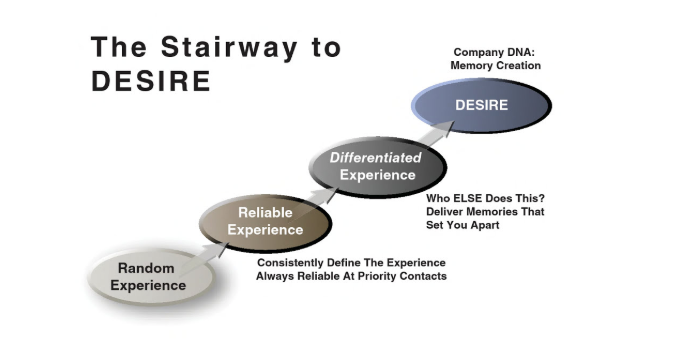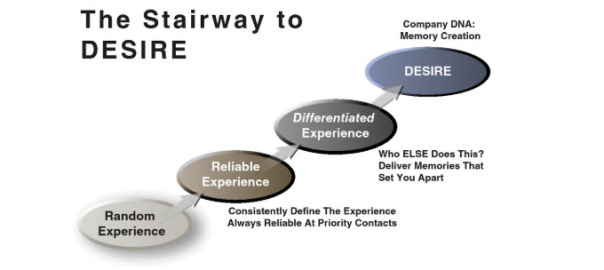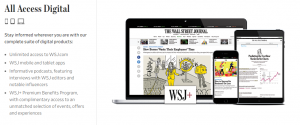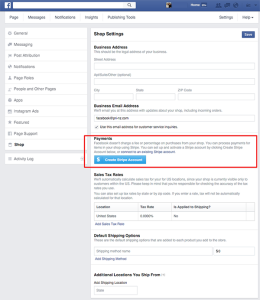— April 5, 2019
How are you marketing your growing ecommerce brand?
Chances are, your biggest marketing focus is using product ads to acquire new customers. But if you’re more preoccupied with driving short-term sales than consciously building your brand, you’re doing your business a huge disservice.
That’s not to say you shouldn’t be doing direct response ads — it would be crazy not to.
As venture capitalist Tim Kopp says, “Early on, it’s survival mode. It’s the time to grind, get paying customers, actively seek product/market fit (and keep it!), and dial in key metrics (unit economics) in preparation to scale.”
But around that $ 250K to $ 1M mark, you’ve got these challenges more dialed in. You’re bringing cost-efficient traffic to your website, and you’re acquiring customers more sustainably. Now, it’s time to think about building your brand.
It’s time to stop chasing the carrot and start thinking long-term.
Brand vs. demand: why do we see them as separate concepts?
Brand marketing and demand marketing are often viewed as fundamentally distinct goals.
- Brand: Drive long-term differentiation that manifests as brand awareness, customer loyalty, and — most measurably — customer lifetime value (LTV).
- Demand: Optimize for more sales. For direct-to-consumer companies, this typically comes in the form of direct response marketing, and more specifically, product ads.
But when we look at brand versus demand, we come up against two challenges:
- Prioritizing brand marketing investments can be difficult, given ambiguous ROI.
- Focusing too narrowly on promotional advertising will drive immediate sales, but it fails to create brand differentiation and lifetime value.
The obvious solution for resource-strapped teams is to prioritize direct response marketing and drive immediate demand for your products. After all, brands aren’t built overnight. It’s easy to assume your brand will grow organically as your customer base does.
But that’s not reality.
Consumers are fickle. Competition is fierce. And without a differentiated brand, what’s stopping your customers from spending their money elsewhere?
The fact is, brand drives demand — not the other way around.
Direct response marketing isn’t enough to grow your brand
The internet feels like an infinite universe of possibilities. But the truth is that online real estate is limited, and everyone is fighting for it.
Hundreds of thousands of ecommerce brands (small, medium, and huge) are vying for consumers’ attention across the same crowded platforms.
Tools like Shopify have made it easier than ever to start an online store, and virtually your entire target market is accessible via Facebook and Google. Now, anyone and everyone has direct access to consumers. This is great for small businesses, but it also brings about new challenges.
- Standing out is harder than ever.
In a highly crowded market where small companies struggle for brand awareness, you need to rely on your ads performing really well among your target audience. - Ad inventory is not infinite.
As more advertisers flood Facebook’s and Google’s networks, advertising costs continue to rise and product ads saturate their target markets. In this sense, you’re not just pitted against your direct competitors — you’re quite literally up against all other advertisers.
As driving demand in a competitive market becomes harder, the importance of differentiating your brand increases. And what worked to get you to your first $ 100K in revenue won’t work to get you to $ 1M and beyond.
So, how can growing ecommerce businesses build digital marketing strategies that effectively leverage the power of their brand to drive more sales? How can you acquire new customers efficiently and make sure you’re building the type of loyalty that drives long-term growth?
How brand drives demand in the crowded ecommerce market
You know better than anyone that there’s no easy answer to this challenge. There’s no magic wand or secret formula that will turn you into the next Dollar Shave Club or Warby Parker.
But what you do have are some useful tools created by folks who have done this before. Let’s take a look at three frameworks that explain how brand drives demand.
1. The Story Universe: Who are you, and who cares?
Copyright 2019, All rights reserved. COMPASS AND NAIL, INC.
The Story Universe was developed by Craig Wilson, Patagonia’s former lead strategist for consumer marketing. It may look complex, but the concept can be boiled down to this:
Every good brand has a core purpose beyond just “selling stuff.” When the stories you tell the market are anchored to that purpose, you’ll attract customers whose worldview aligns with yours.
And that’s what brand loyalty is built on: shared values, not just the quality of your products.
Or as Wilson says: “There are specific people in the world that believe what you believe, that want what you do specifically the way you do it.” The stories you tell will help you find them.
Therefore, your core purpose is what makes your business sustainable in the long-term.
Without one, Wilson argues, you can’t control the stories told about your brand. Without one, your marketing, your customer experience, and your brand will fall flat.
2. The Customer Activation Cycle: How loyal customers are made
Copyright 2019, All rights reserved. COMPASS AND NAIL, INC.
Next, we have the Customer Activation Cycle, also pioneered by Craig Wilson. This framework shows how consumers progress from complete strangers to brand advocates.
As Wilson puts it, “The basis of growth is to predictably cultivate and retain a population of customers who actively engage in the brand’s image, purchase repeatedly over time, and spread the brand’s value through recommendation and [word of mouth].”
It’s not just about getting people to buy more. It’s about how a powerful brand resonates with customers and inspires them to spread the word on your behalf.
Wilson says, “Deep resonance happens vis-à-vis milestone experiences and stories; stories and experiences that exist as expressions of the unique reason why the organization exists.”
In short, this framework shows the compounding effect of small actions that exemplify your brand’s purpose. Together, those actions lead to loyalty and long-term demand.
3. The Stairway to Desire: Earn your growth

Copyright 2015, All rights reserved. Jeanne Bliss, Chief Customer Officer 2.0
In her book Chief Customer Officer 2.0, Jeanne Bliss challenges us to reframe customer loyalty as customer desire.
Similarly to Wilson, Bliss advocates for giving your audience consistent and meaningful experiences. But, she argues that customer loyalty shouldn’t just focus on driving more sales; it should focus on creating desire among your audience. As Bliss sees it, “Desire is an emotion that will earn growth and prosperity for your business.”
Customers like products. But they desire brands.
Now, how do you cultivate that desire?
Businesses need to “earn the right to grow,” she says. But simply launching marketing campaigns doesn’t grant you that right. First, you need to win consumers’ hearts and minds.
The best way to do this is by delivering reliable and differentiated experiences across every single touchpoint, from the time a potential customer sees your ad in their Facebook feed to their first visit to your website to interactions with your customer support.
To bring it back to Wilson’s thesis: If these experiences aren’t driven by your brand’s reason for being, they’ll be inconsistent and won’t foster desire.
But by anchoring all your customer experiences in your core purpose, you create a stairway to desire that will embed your brand into your customers’ lives for the long run.
To sum it up, these frameworks tell us three things
- Purpose powers growth. If your brand doesn’t have a clear purpose (besides “selling stuff”), it lacks the foundation needed to sustain long-term growth.
- Brands aren’t built overnight. Customer loyalty is built by small actions compounded over time. It typically doesn’t happen after one purchase.
- Earn the right to grow. Brands need to earn the right to grow by creating consistent, memorable, and differentiated experiences for their customers from day one.
At Matcha, we believe that these frameworks demonstrate how a more intentional marriage of brand and demand gen creates a more probabilistic path to ecommerce success.
Investing in making the purpose of your brand easily apparent in every blog article, ad campaign, email, and point of sale — contributes to a more performant ecommerce business.
In my next blog post, I’ll explain how to apply these concepts to your own ecommerce business. No frameworks, no abstractions…just a clear look at how affordable tactics like ecommerce blogging can ground these ideas in reality and power your growth.
Digital & Social Articles on Business 2 Community
(52)







